Tips that work for Recorder, Band and Orchestra Classes
There is nothing like kids right when they get their instruments. One of my FAVORITE parts of being a music teacher is that first few weeks when they can’t make a nice sound but they are SO gosh-darn excited.
Heard up: I’m not about to talk about masks, distancing, plastic partitions or what not, but let’s talk about some possible solutions.
Selecting an Instrument
For recorders, this is pretty simple. If worse comes to worse, send some Amazon or West Music links with acceptable options.
How instruments in band and orchestra are handled is going to come from multiple places like the CDC, the government, and our school district. If you use a supplier, they can help you with the issues of disinfecting, etc.
Half the fun is trying out the instruments, so this may be difficult, but I hope that we have solutions for cleaning in between students.
No matter what, if we have to try instruments and disinfect in between, there is definitely going to be some plastic reed use here!!
Accessing Instruments
This may be difficult. If you have kids that share instruments, see if there are ones that can purchase or rent their own. If the school can purchase more, do it. You may even put out a call to local facebook groups for instrument donations from people who aren’t using theirs anymore. And it kills me to say this – it may limit what kids are in our classes, but we can try to ask for help. (Also think about things like Donor’s Choose, Crowdsourcing and similar programs)
Flip It
Depending on what comes at us from the Boulder study, the CDC, the government, etc…., maybe one of the easiest ways to actually teach the kids is flip their lessons.
In class you can do:
- Setting up instruments/how to hold/embouchure
- Fingerings (Check out my First Five Notes Worksheets)
- Reading rhythms
- Humming their music (with masks) or saying solfege names while fingering
- Music History
- Theory
- Listening to advanced players
- Composing
- Responding to music
Then use Flip Grid and have students record a song as homework every night. Pick one section to assess for each song instead of every kid and the rest get a completion grade. Still assessing, still grading, but in a manageable way. Play some in class. Students can respond to their friends in their section, see what works, see how everyone struggles and see each other’s success. Not only will it teach them to appreciate the work other instruments have to do, it will make them see things in their own playing. You and the kids can troubleshoot problems together. Kids can go home and try what they talked about and share those successes. They might not get as far in the method book, but they will be more well rounded musicians. Are we teaching kids for performance, or to make well rounded kids that appreciate music?
Break Down the Class
If you can make it happen, break your classes down. This would work particularly well in a distance learning situation. Kids meet with their own section or at least in instrument families. Conduct with the sound off. Listen to one at a time. It isn’t always about ensemble. Kids can watch flipped lessons, or know that on a particular day they have to have their instruments ready for more detail on their instrument.
I hope this has been helpful!

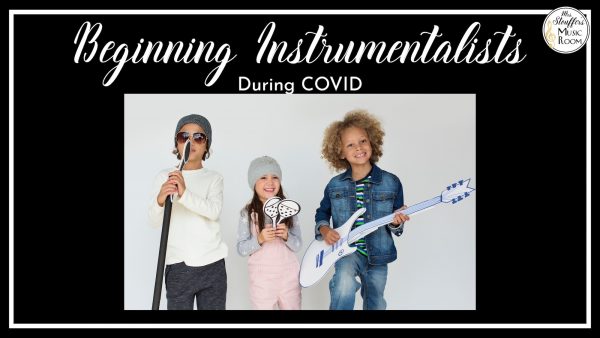
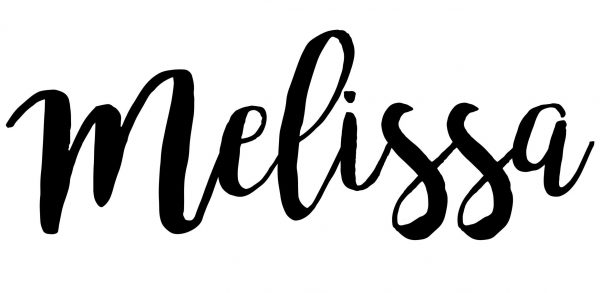
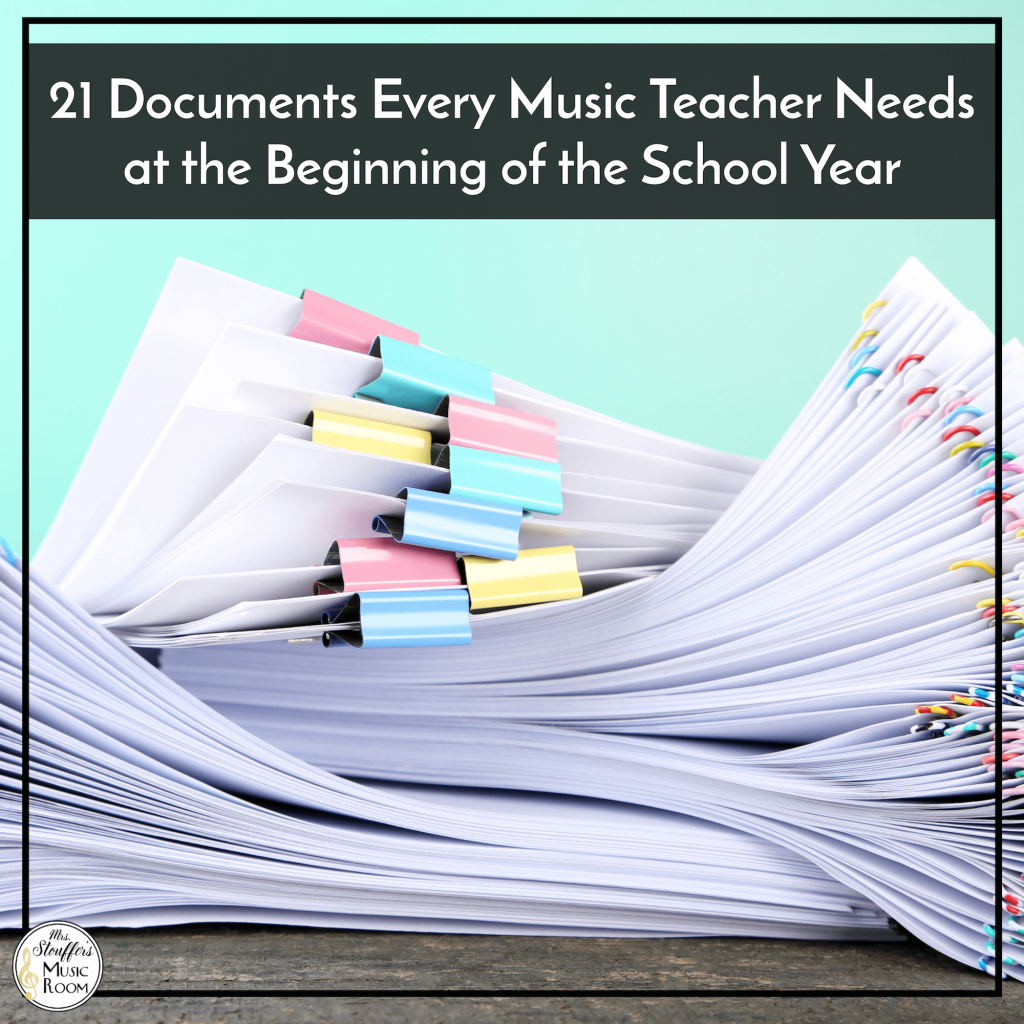
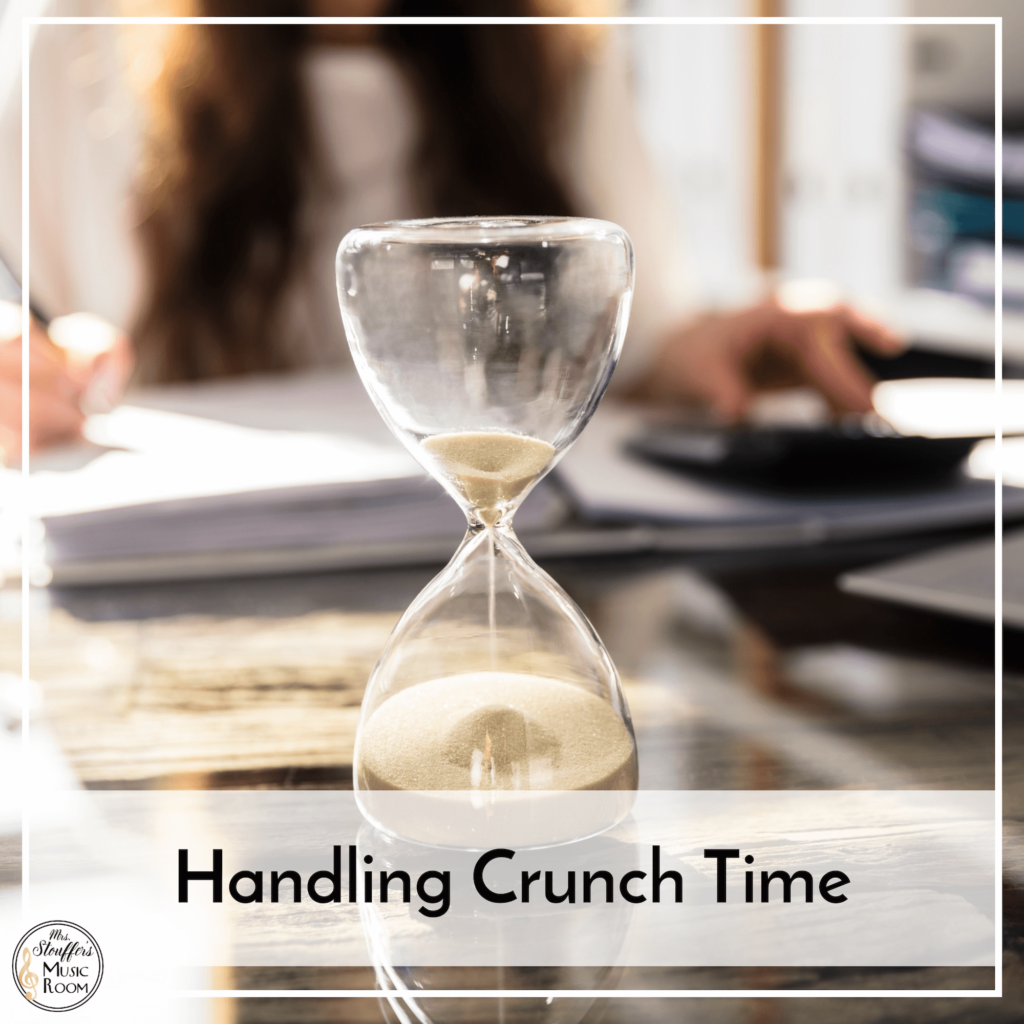
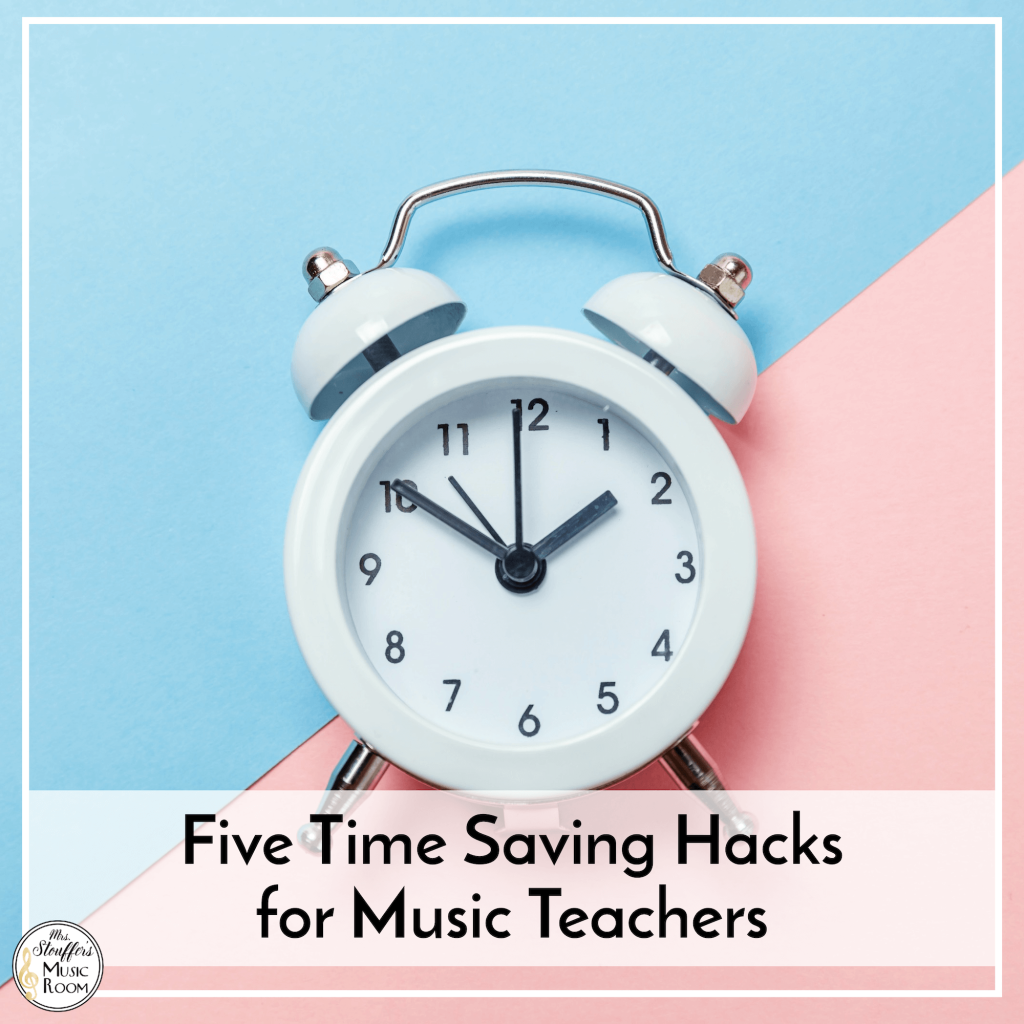
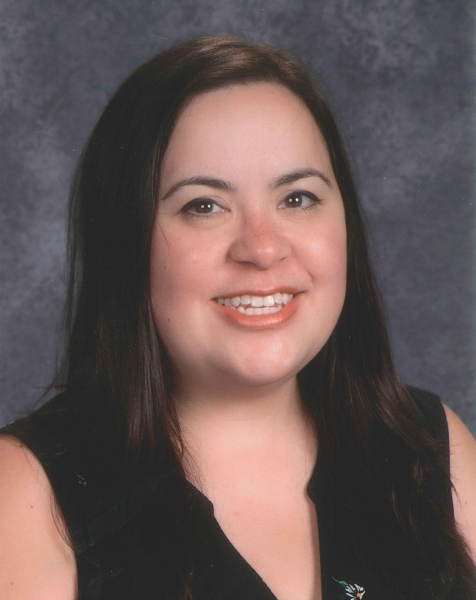
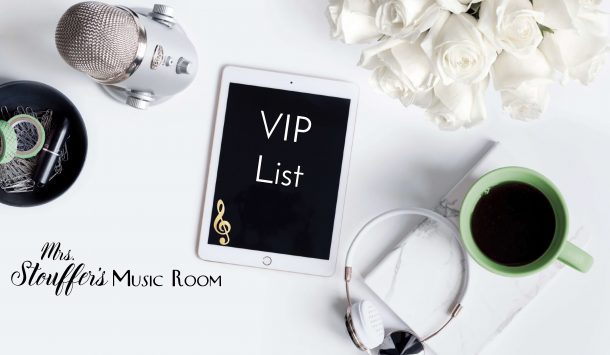
thank you
Really nice post, Melissa! It’s nice to see some concrete ideas for the fall.
So happy this was helpful!